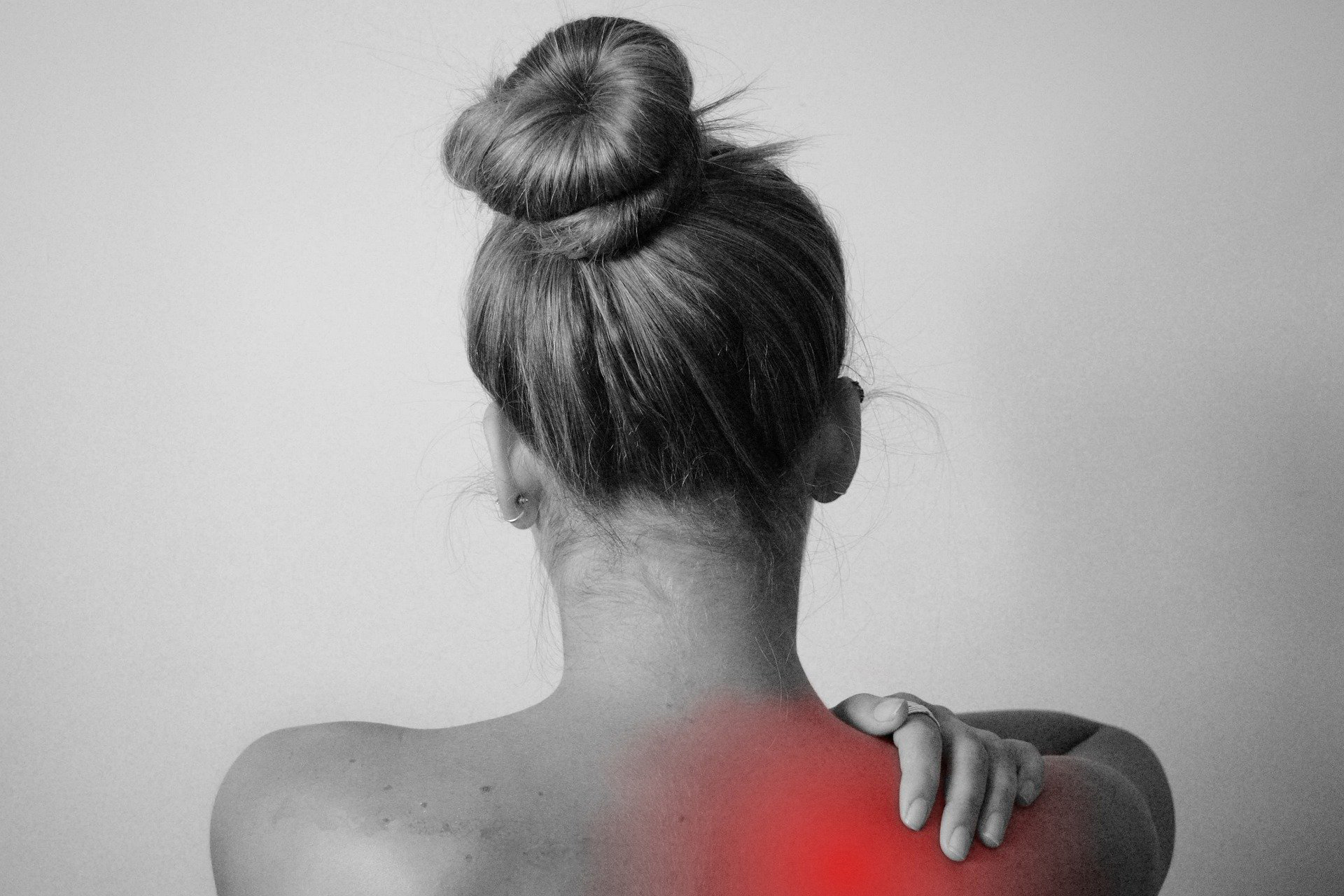Pain, Inflammation, and Light
Pain can be incredibly debilitating, especially when it’s chronic. There’s also evidence to suggest that the longer pain persists, the more challenging it is to treat. Simply relying on painkillers for extended periods is rarely a solution, as these medications can lower the pain threshold and make it even harder to alleviate pain. New findings suggest that light therapy may be a side-effect-free alternative or complement to other pain-relief treatments. This is where Red Light Therapy (RLT) comes in!
The underlying causes of pain can vary widely, from autoimmune factors where the body attacks itself to underlying injuries that make themselves known. Some people firmly believe that psychological stress in their lives is directly linked to various pain conditions, such as headaches, back pain, lingering joint pain, or aching necks. Regardless of the cause, they need to be addressed, and this can involve stress management, treating the underlying condition causing the pain, or using technology that reduces the burden on the painful body part.
Pain and aches are closely related to inflammation. Inflammation can be both beneficial and detrimental. Inflammatory responses are what make us healthy when we suffer from an infection. However, inflammation also takes a toll on the body, causing premature aging and increasing the risk of heart and vascular diseases and type II diabetes. Therefore, it’s crucial to control inflammation. To achieve this, anti-inflammatory drugs like cortisone and chemotherapy are used. Unfortunately, these treatments are far from free of side effects, so it’s essential to do what you can through lifestyle.
What Affects Psoriasis?
It’s been known for some time that factors such as stress, alcohol, diet, and obesity affect psoriasis activity. To manage psoriasis effectively, it’s important to minimize stress, moderate alcohol intake, and avoid excess weight. Diet also plays a vital role, as it can have positive or negative effects. Eating plenty of fruits, berries, vegetables, legumes, fiber-rich foods in general, along with various spices (turmeric and ginger being among the most effective), omega-3, and nutrients like vitamin D, selenium, and magnesium can help reduce inflammation. Many supplements like ginseng, alpha-lipoic acid, and mushroom extracts can have a positive impact as well. Properly dosed exercise, adequate sleep, and stress reduction are also critical factors in keeping inflammatory processes in check.
Another factor that affects inflammation and pain is light. Light affects us in so many ways. It stimulates mechanisms that repair our DNA, and incoming light through our eyes affects our mental well-being and alertness. Moreover, light is a necessary factor for the body to produce vitamin D. Light can also activate a range of anti-inflammatory effects in the body.
However, excessive sunlight can damage the skin and prematurely age it. An increased risk of skin cancer is also a consequence of excessive sun exposure. One way to reap the benefits of light without the harmful effects is to use light sources without harmful UV rays. In this regard, LED lamps have proven to be very suitable. There is also a significant difference between different wavelengths of light concerning therapeutic effects on the skin. Pigment melanin, which gives us a tan in the summer, and oxygen-carrying hemoglobin in the blood are examples of substances that absorb light of certain wavelengths. This means that only specific wavelengths have the ability to penetrate the skin. These wavelengths include invisible near-infrared light (NIR) and visible red light. Studies on light lamps have shown positive effects on inflammation and pain. The great thing is that 5-15 minutes per day are enough to achieve the maximum therapeutic effect. The higher the lamp’s power, preferably at least 1000W, the shorter the treatment time needed for illuminating large parts of your body for a systemic effect. The lamp should also be large enough to cover at least half of your body. This way, you can sit and enjoy your morning coffee while basking in the warm red rays as your entire system comes to life. Smaller handheld lamps for local use can also be effective, especially for localized pain and inflammation treatment. However, the same advice applies: the higher the power, the shorter the treatment time.
Author: Martin Brunnberg



